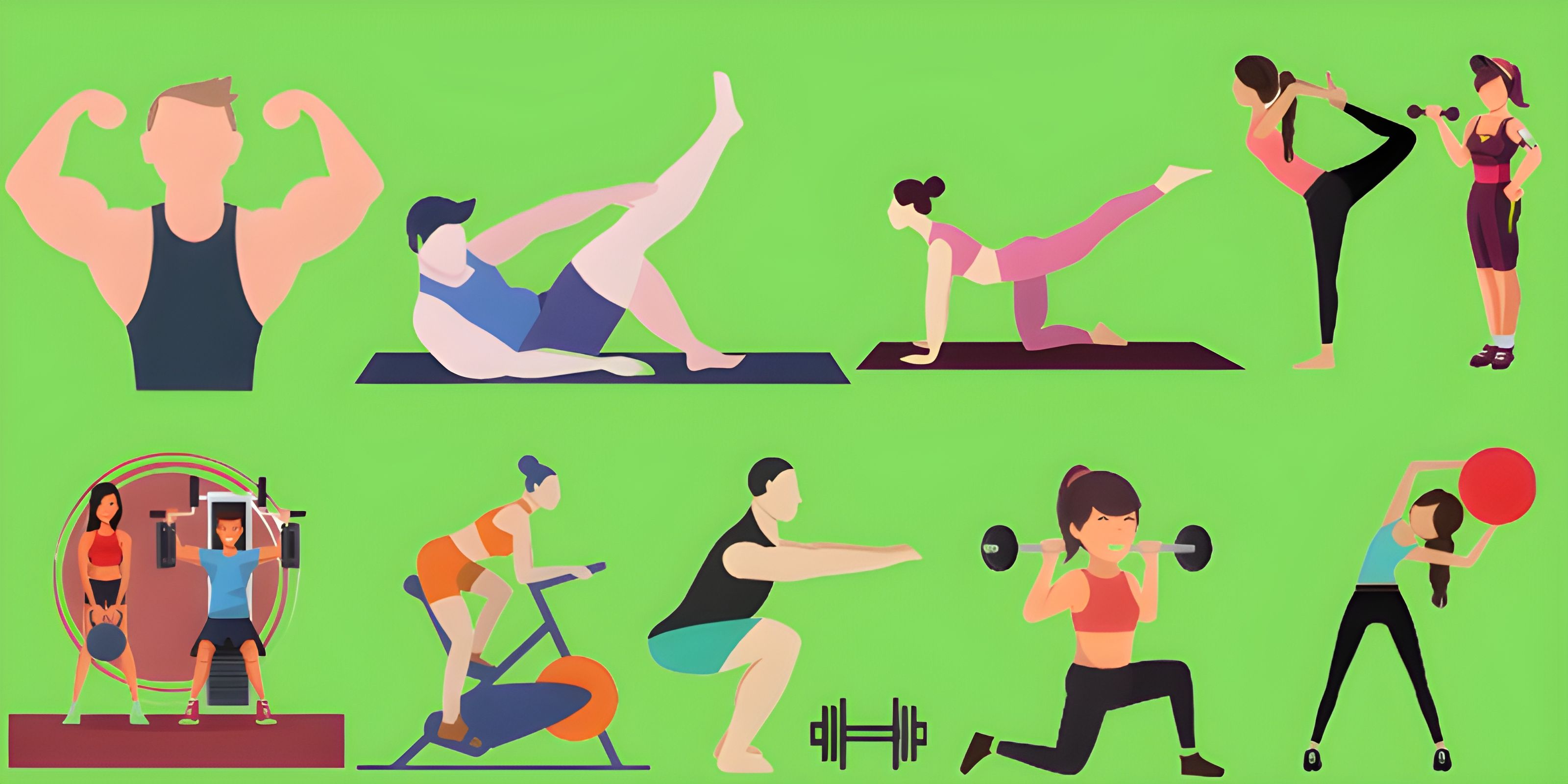
Course Overview
This course explores the importance of physical fitness and active living for overall health and well-being. Students learn about the components of physical fitness, the benefits of regular exercise, and strategies for incorporating physical activity into daily life.
Key Concepts
1. Components of Physical Fitness: Cardiorespiratory endurance, muscular strength and endurance, flexibility, and body composition.
2. Benefits of Exercise: Improved cardiovascular health, weight management, enhanced mental well-being, and reduced risk of chronic diseases.
3. Types of Exercise: Aerobic exercise, resistance training, high-intensity interval training (HIIT), and flexibility exercises.
4. Physical Activity Guidelines: Recommendations for adults, children, and adolescents, including duration, frequency, and intensity of physical activity.
5. Barriers to Physical Activity: Identifying and overcoming obstacles to regular exercise, such as lack of time, motivation, or access to facilities.
- Teacher: Nikhil C.K

